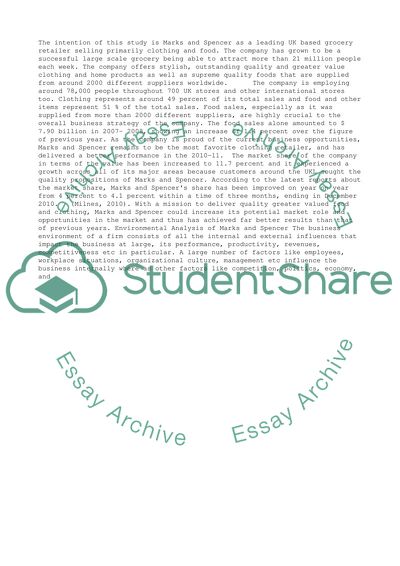Cite this document
(“Strategic managent of Marks and Spencer Essay Example | Topics and Well Written Essays - 3500 words”, n.d.)
Retrieved from https://studentshare.org/management/1393100-strategic-managent-of-marks-and-spencer
Retrieved from https://studentshare.org/management/1393100-strategic-managent-of-marks-and-spencer
(Strategic Managent of Marks and Spencer Essay Example | Topics and Well Written Essays - 3500 Words)
https://studentshare.org/management/1393100-strategic-managent-of-marks-and-spencer.
https://studentshare.org/management/1393100-strategic-managent-of-marks-and-spencer.
“Strategic Managent of Marks and Spencer Essay Example | Topics and Well Written Essays - 3500 Words”, n.d. https://studentshare.org/management/1393100-strategic-managent-of-marks-and-spencer.


